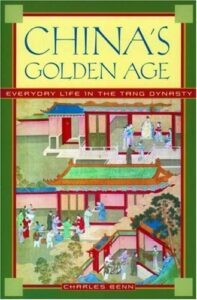 I always research in stages. First, I do some preliminary research before I start drafting. Then, once the work is done and I’m waiting for beta readers to comment (like right now), I research deeper into the areas of the book I know need to be fleshed out.
I always research in stages. First, I do some preliminary research before I start drafting. Then, once the work is done and I’m waiting for beta readers to comment (like right now), I research deeper into the areas of the book I know need to be fleshed out.
This last one has been quite an adventure! On a suggestion from some of my Tweeps, I thought I’d share for any history geeks out there.
First off, I looked into a diplomatic practice called heqin, or peace marriage. I explored several academic writings on the political role of the heqin brides as well as what sort of women were sent to foreign lands in these peace marriages. Everyone always thinks of China as being historically closed off, but in truth the Tang Dynasty was one of the most open periods in imperial history. Foreign relations with Korea, Japan, Tibet, Central Asia and all the neighboring kingdoms were at their height and the Tang empire had the most frequent use of peace marriages as a diplomatic option.
Presence and presentation: women in the Chinese literati tradition edited by Sherry Mou. Essay: “Women in Chinese Frontier Politics: Heqin” by Ning Chia.
Biographical Dictionary of Chinese women: antiquity through Sui, 1600 B.C.E. by Lily Xiao Hong Lee, A. D. Stefanowska, and Sue Wiles
Then of course there was more research about Changan and the layout of the East Market, the North Hamlet, and the Administrative City. I went to my fallback book by Charles Benn as well as a few other resources.
Archery, which was implemented as part of the military exams during the Tang Dynasty, also played a key role. There were spectacular sporting events organized around archery called the Great Shoots. Nifty, huh?
China’s Golden Age: Everyday Life in the Tang Dynasty by Charles Benn
Chinese Archery by Stephen Selby
And now I’ve bought entirely too many history books in order to delve into the political structure of the Tang government with its six ministries and a gazillion other offices. Talk about bureaucracy! I’m salivating to get my hands on Charles O. Hucker’s A Dictionary of Official Titles of Imperial China, but am making do with the Google Books preview currently as I try to search it out.
Other books:
China’s Imperial Past: An Introduction to Chinese History and Culture by Charles O. Hucker
The Open Empire: A History of China to 1600 by Valerie Hansen
And a final impulse buy because it’s an academic book by Van Gulik of Judge Dee fame:
Sexual Life in Ancient China: a Preliminary Survey of Chinese Sex and Society from Ca. 1500 B. C. Till 1644 A. D. by R.H. Van Gulik
Those automatic recommendations on Amazon will be the death of me.
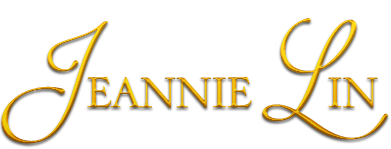

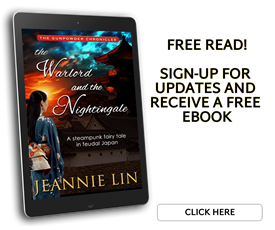
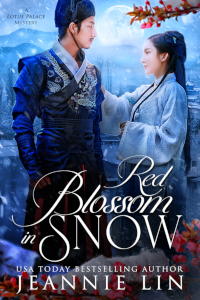
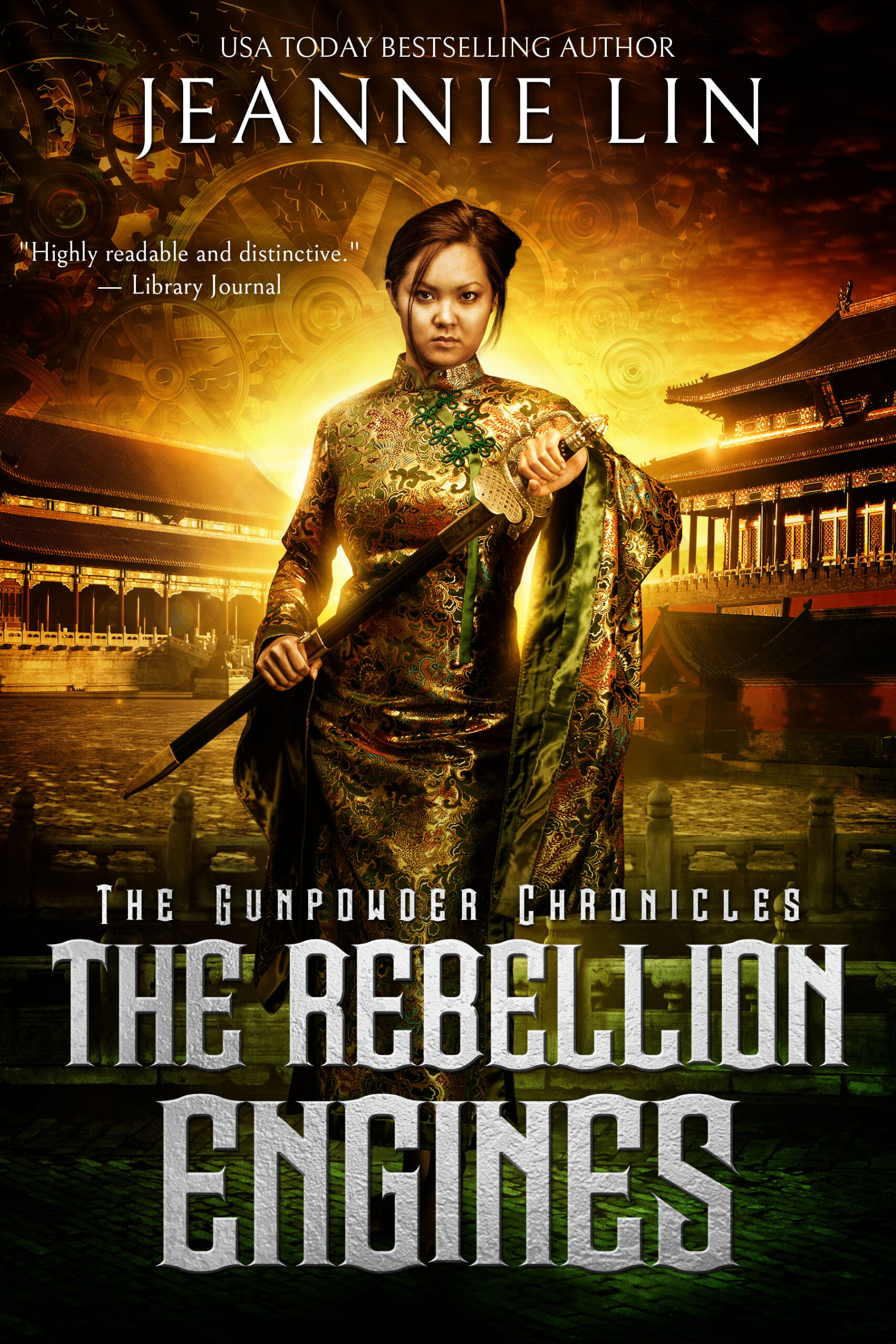
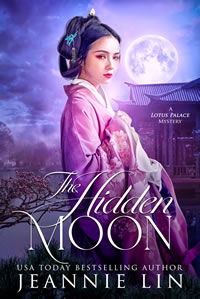
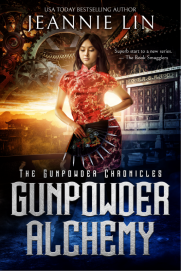
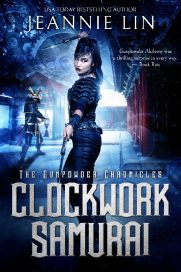
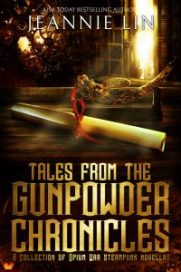
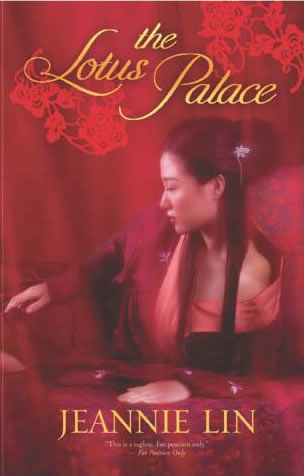
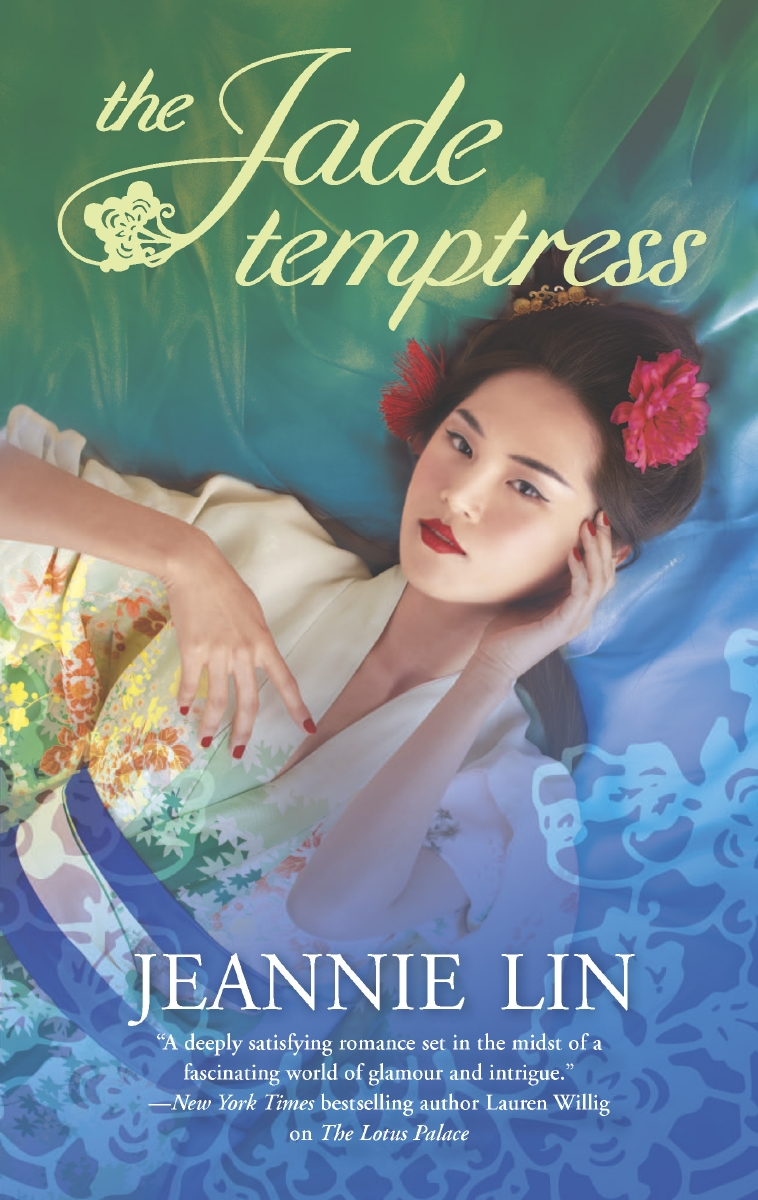
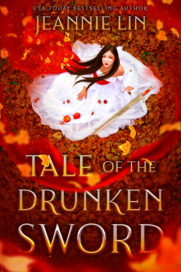


Feb 20, 2011 @ 18:55:43
I love the auto recommendations on Amazon. That’s how I’ve found most of the books I used in my Japanese historical fiction with the yakuza–and found the best book on them, written from the memories of one of the major bosses during the turn of the 20th century.
I sometimes get too caught up in research, being such a history geek…
Feb 20, 2011 @ 19:26:32
I know! Those auto recommendations had me adding book after book into my shopping cart. Poor impulse control here.
Feb 21, 2011 @ 09:06:25
Research books make me drool. Even if they’re somebody else’s research.
Feb 22, 2011 @ 07:27:34
These titles look so delicious!
Feb 24, 2011 @ 18:34:35
Very thorough research 🙂 I think you will eventually be able to teach Chinese History courses at your local university.
Feb 26, 2011 @ 10:20:31
Aron – Not quite, LOL. But I’m definitely learning a lot.
Mar 05, 2011 @ 20:50:26
Good day pals! Because you happen to be interested in classics, I wanted to discuss with you the fact that scientists identified that Dao De Jing (by Lao-tsu) and I Ching (Chinese classic text I Ching) are commentaries to Shan Hai Jing (Classic of Mountains and Seas). Every single individual is actually a biomachine with an individual program (sofware). All human programs are recorded within a historical Chinese manuscript called Shan Hai Ching. At first, all programs have been recorded on the monument dating back to the 20 th century b.c.. image